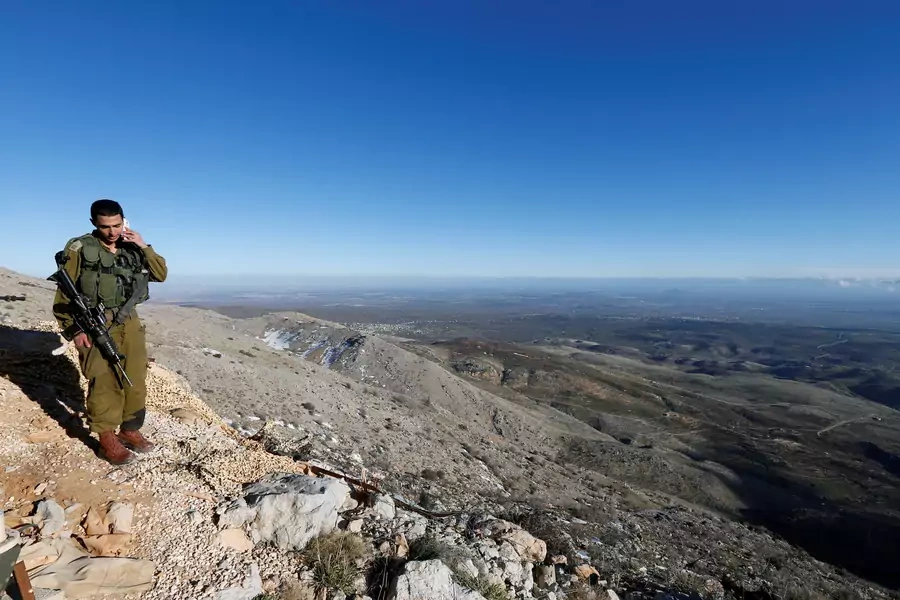Israel's Permanent Occupation of the Golan Heights

Should the United States recognize Israeli sovereignty over the Golan Heights? The question has come up in the last few weeks, because Israel is having an election in April. Prime Minister Benjamin Netanyahu has reportedly been lobbying the Trump administration on the idea of formally acknowledging Israel’s 1981 annexation of Syrian territory.
There’s plenty of reason to suspect this diplomatic gambit is motivated primarily by Netanyahu’s hope for domestic political gain as he faces re-election under the pall of possible indictment. But the U.S.-Israeli negotiations are a sideshow for a more fundamental strategic reason. Whether Washington recognizes Israel’s annexation or not, the Israelis are never withdrawing from the Golan Heights—nor should they.
More on:
Israel conquered the area in the June 1967 war and have held it ever since. Critics argue that U.S. recognition of Israel’s annexation would legitimate the acquisition of territory by force, setting a precedent for the West Bank and beyond. It is a valid criticism to which there is no good answer. (Although there are reasons the Israeli incorporation of the Golan has been significantly less controversial than its efforts in the West Bank. Above all, the Golan does not require the control of a large hostile population, as the approximately 27,000 Druze on the Golan Heights have accommodated themselves peacefully to Israel’s rule, while other residents have sought Israeli citizenship in small but increasing numbers.)
The full text of this article can be accessed here on CFR.org.
More on:
 Online Store
Online Store